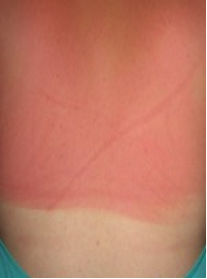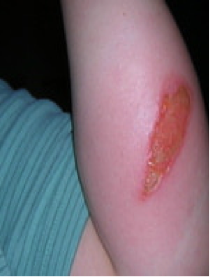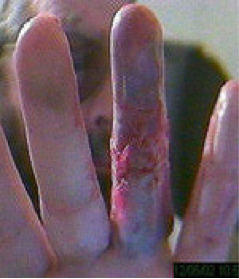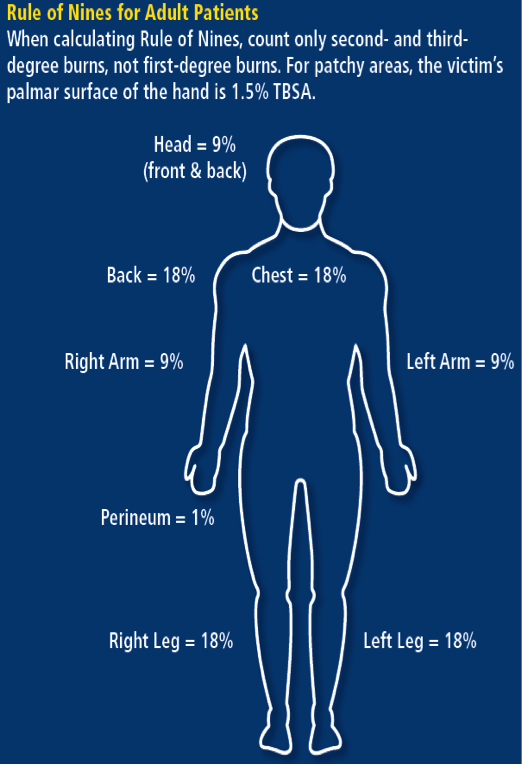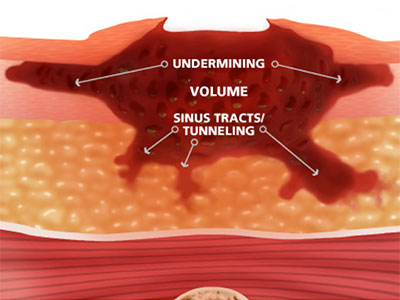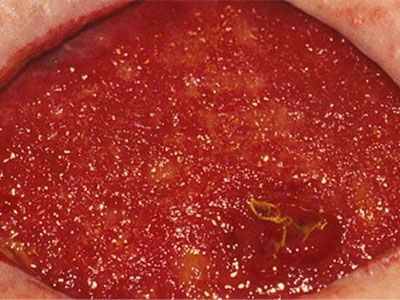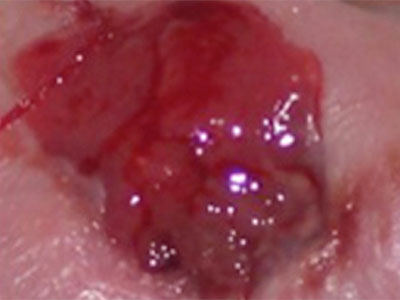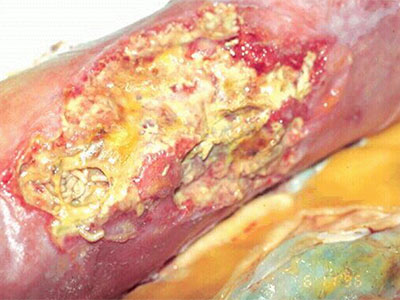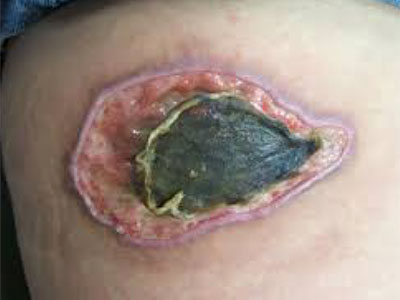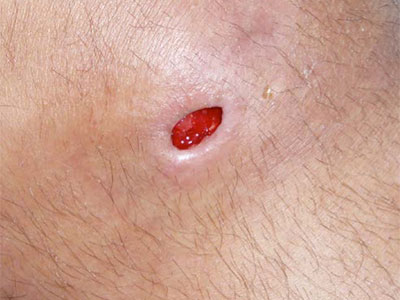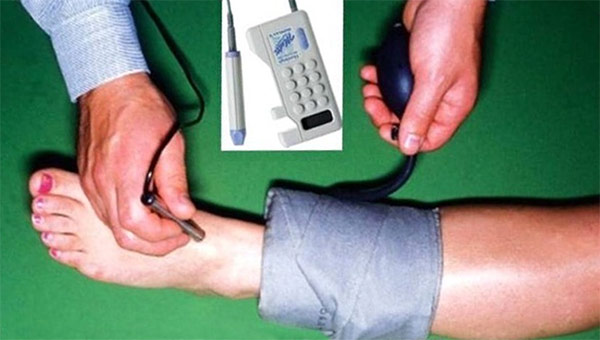Clinical Pathways for the 5 Wound Types
Choose a wound type to view the associated clinical pathways and guidelines.
Burn/Blister Wounds Pathway
Burn/Blister Wounds:
Call a Burn Center with all burn injuries. Initial appearance of wound does not allow for accurate assessment of depth and severity.
Step 1:
Stop the burning process
- Rinse the burn in cool water, or use a cool compress.
- Do not use ice.
Step 2:
Remove clothing
- Remove clothing from the burned area.
- If clothing sticks to the skin, leave it there and cut away the remaining fabric.
Step 3:
Remove jewelry
- Take off rings and jewelry from burned areas that may swell.
Step 4:
Cover burned area
- Apply a petroleum-based ointment (Vaseline, double/triple antibiotic ointment, or A&D ointment).
- Cover with Vaseline-impregnated gauze and a gauze dressing.
Burn Center Referral
A burn center has a multidisciplinary team experienced in caring for burn patients.
Management decisions should take into account the mechanism of injury, age, location of wound, and comorbid conditions as these invariably influences the healing potential of the wound.
Burn Center Referral
Burn Center Referral Criteria
- Burns that involve the face, hands, feet, genitalia, perineum, or major joints
- Burn injury in patients with preexisting medical disorders that could complicate management, prolong recovery, or affect mortality
- Second-degree burns to >10% total body surface area
- Third-degree burns in any age group
- Electrical burns, including both high and low voltage injuries
- Chemical burns
- Inhalation injury
- Any patient with burns and concomitant trauma (such as fractures, or loss of consciousness)
- Burned children in hospitals without qualified burn services
- Burn injury in patients who will require special social, emotional, or rehabilitation intervention
Burn/Blister Wounds Guidelines
Goals of Burn Management
- Treat pain (often requires narcotics)
- Minimize risk of infection with daily cleansing
- Daily wound care:
- Must have access to wound care supplies
- Must have social support to assist with daily cleansing
- Achieve timely wound healing:
- Decreases risk of infection
- Minimizes risk of hypertrophic scarring
- Preserve physical function:
- Optimize physical and psychosocial rehabilitation; may require OT
- Minimize cosmetic deformity
Preexisting Conditions that Negatively Impact Wound Healing
- Diabetes and other basement membrane diseases
- Smoking
- Vascular disease
- Immunosuppression/steroid use
- Malnutrition
- Psychiatric disorders
- Polysubstance abuse
- Poor social support
